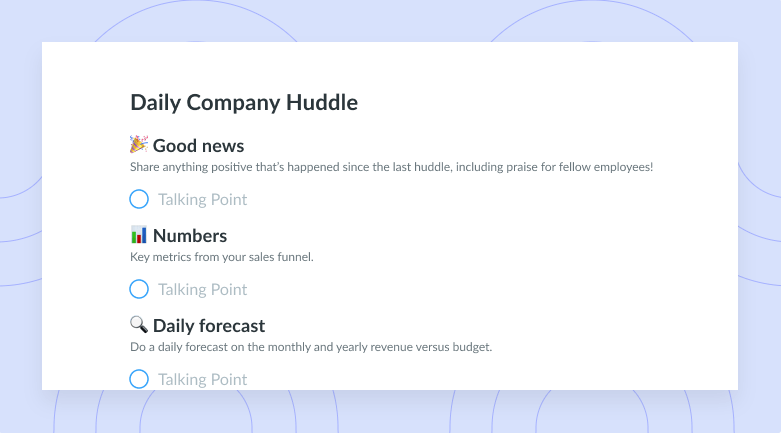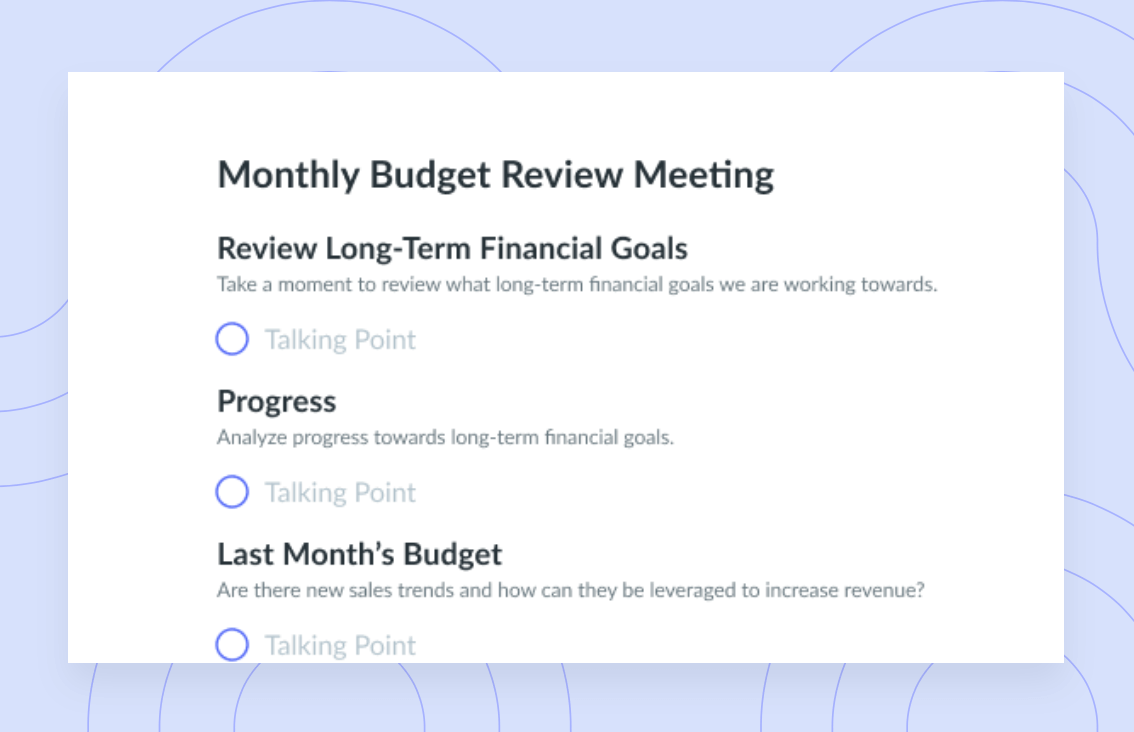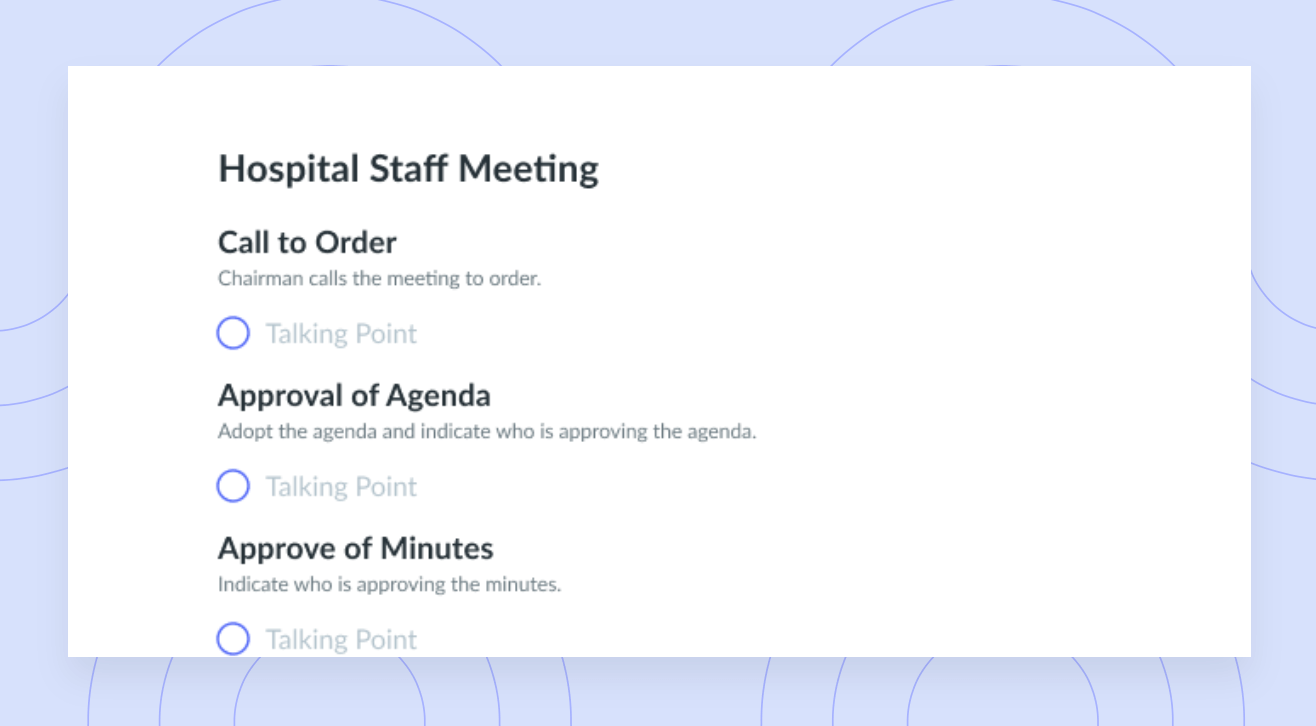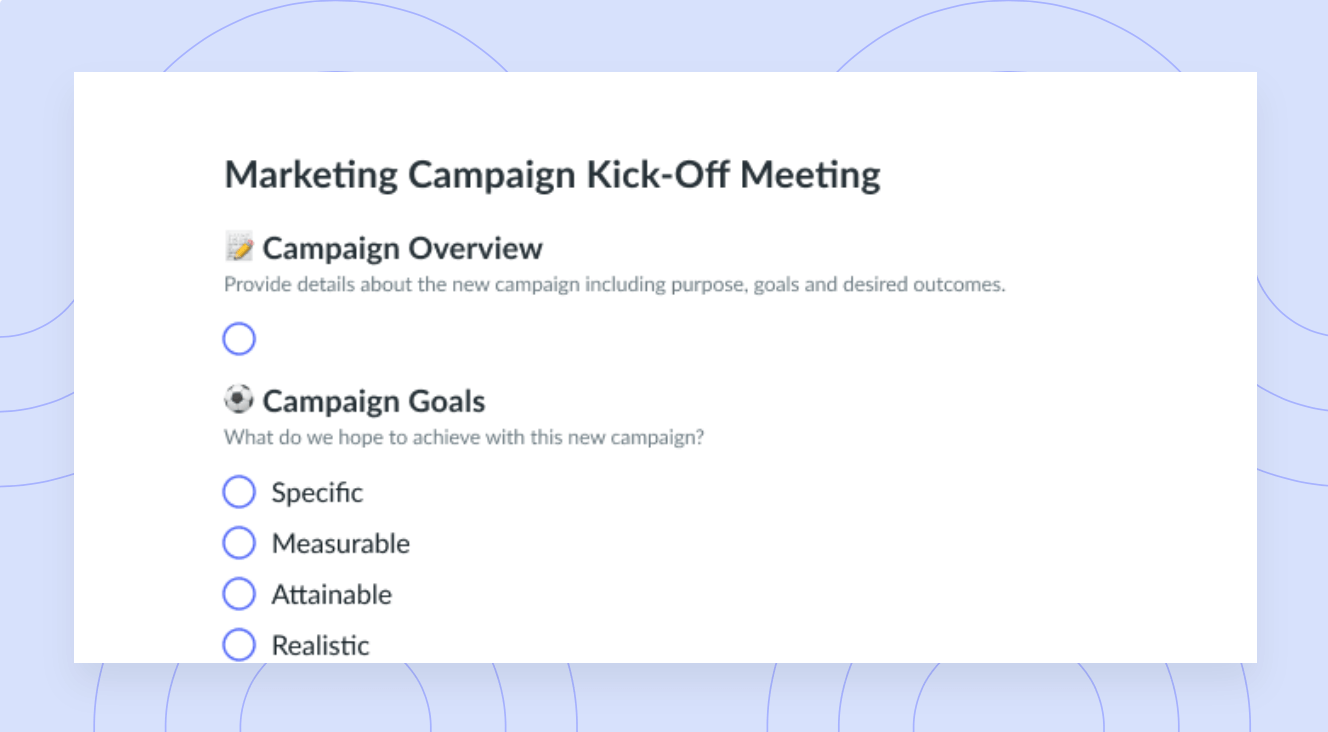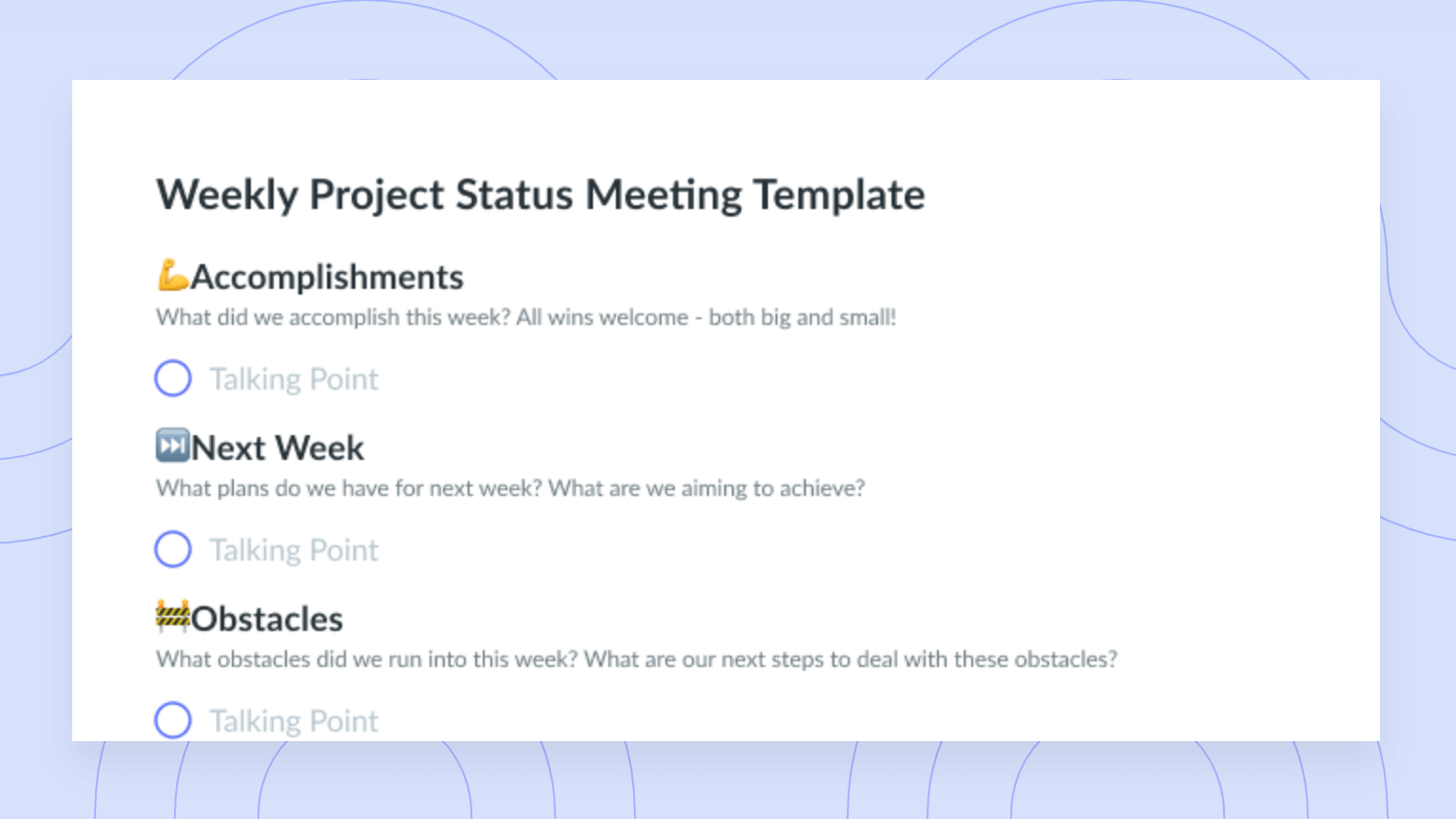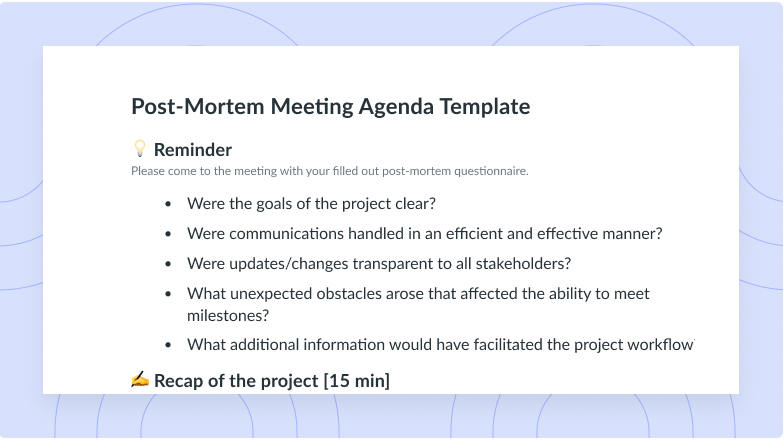Tech Hiring Trends: What Engineering and Talent Leaders Need to Know
The hiring process across all kinds of industries has shifted dramatically, including the tech world. Learn everything you need to know here!
The tech industry continues to grow yearly, and with that growth often comes change. The recruitment process, for example, can shift depending on what job seekers are looking for in potential employers. These changes, though fast, can be subtle enough that some organizations might be behind on “getting with the times.” Does this sound like your organization? If so, read the below guide to today’s tech hiring trends and what you can do to truly hire top talent.
What are the current hiring trends in the tech industry?
Recent years’ events have caused a big shift in how organizations handle their hiring. Unlike other big shifts in public views and opinions, this one came on relatively fast, leaving several industries, including tech, with their heads spinning. There hasn’t been a lot of time to adapt just yet, but here are a few things changing (or not changing) about tech hiring trends.

Build a culture of effective meetings with your engineering team
Level up your engineering meeting habits to boost engagement and productivity with a collaborative meeting agenda. Try a tool like Fellow!

There’s been a shift to more flexible job positions
As more people demand a better work-life balance, many tech organizations have moved away from classic full-time positions and more toward flexible work conditions. In addition, the industry is becoming more open to remote working and hybrid work because they can save organizations money on rent.
Post-COVID tech experts are in even higher demand
The COVID-19 pandemic has accelerated the adoption of remote and cloud-based technologies in most industries. The growing need for tech innovation across all organizations has only increased the need for tech talent.
Tech industries still struggle with diversity
You’ll find people of similar backgrounds and viewpoints across the tech landscape. That’s not just pointing fingers – a 2021 Wiley survey found that 68% of tech workforces lack diversity. Only recruiting from certain demographics limits your recruitment pool and blocks the flow of new ideas through your organization.
The tech industry is experiencing a labor shortage
The Great Resignation has made it hard for tech organizations to find qualified candidates simply because fewer people are looking. Many tech recruiters have to fight over the candidates they do find just because they’re that much more valuable – and they know it.
New tech jobs are still being created
Despite the shortage of qualified job seekers, organizations are still expanding and adding more positions to fill. Because of the renewed interest in the tech field, tech organizations are getting large amounts of investor funding to help them keep up with demand.
The representation of women is still low in tech applicant pools
While women earn a larger percentage of graduate and undergraduate degrees than men, they’re still notably absent in tech, especially on senior leadership teams. Look deeper, and you’ll find that most applicants and team members are men – roughly 75 percent of them, according to Pew Research Center. If this sounds like your organization, you could be missing out on a whole world of unique perspectives.
Smaller tech companies are creating the most jobs
Large organizations have historically been a big part of the tech industry’s continued growth, but now, it’s the startups where people are putting their money. In fact, according to Datapeople, all organization sizes except Fortune 500 have seen tech job growth.
Requirements for cloud certifications are on the rise
To find new team members amid the so-called labor shortage, organizations are lowering their degree requirements to widen the pool of job candidates. Instead, some job candidates can get their foot in the door with just cloud certifications. Which makes sense – cloud-based tech exploded at the start of the pandemic, and it’s not like it’s going anywhere.
There’s more usage of title inflation
A big tech hiring trend given the lack of job seekers is “title inflation.” This is when tech managers or recruiters give hot-shot names to jobs without matching requirements. It’s a great way to attract more qualified candidates – they get a flashy title, and they don’t have to learn a ton of new skills.
How to recruit and hire top tech talent
Tech hiring trends don’t have to define how you go about recruiting new team members. Below are a few ways to create a stellar job candidate experience and attract the best and brightest to your team.
- Find candidates with diverse skill sets
- Use skill assessments
- Help your team grow
- Try out distributed workplaces
- Keep the hiring process short
- Don’t be afraid to spend on your recruiting efforts
- Seek diversity in the people you hire
- Find the right tools
1Find candidates with diverse skill sets
Team members well-versed in only one skill might not be the easiest to lean on for more work when other team members are out. Instead, you should look for job candidates who already come with a range of skills. This way, each one can take more work in a pinch, and you can break down silos between different departments.
2Use skill assessments
Writing a great resume and cover letter while also nailing interviews are all skills that a motivated candidate can learn independently. And while those skills often indicate a strong potential team member, that’s not always the case. A skill assessment can separate job candidates who talk the talk from those who also walk the walk.
A skill assessment tests a candidate’s proficiency with the technology or software your organization regularly uses. Including these tests in your recruitment process can help you find the most skilled candidates for the job.
3Help your team grow
Job seekers often favor tech organizations that actively support their careers with opportunities for learning tech skills they can use long-term. Showing that you’ll create skill development plans for any new team members can help attract bright new talent.
4Try out distributed workplaces
The notion of remote work has come into the foreground in recent years, and many job candidates have found themselves preferring remote over office work. That doesn’t mean you need to ditch your old office to get with the times, but you also don’t need to use it as much. Giving people options on where they do their work can be a fantastic draw for new job seekers.
5Keep the hiring process short
Time spent going through a drawn-out interview process is time a candidate could have used for so much else. Eating up a lot of their schedule for your organization, for something that’s ultimately a simple yes or no answer, isn’t exactly respectful. A shorter hiring process respects candidates’ time and emotions more, so anyone you offer the job might be more likely to say yes.
6Don’t be afraid to spend on your recruiting efforts
The tech industry is competitive right now, and, just like the old saying goes, you need to spend money to make money. Offering higher salaries and better benefits is one of the most reliable ways to attract job seekers to an open role within your organization.
7Seek diversity in the people you hire
While this might not necessarily attract more job seekers to your organization, it does make you more likely to find the best. Recruiting people from a range of backgrounds can take your innovations and brainstorming meetings to the next level. With more voices in the room, you can more easily problem-solve and come up with novel product ideas.
8Find the right tools
You are a part of the tech industry, so it only makes sense to use a little technology to solve your recruiting problems. Finding a software platform that can track how you’re hiring top candidates can save you a lot of time and effort.
Your tech organization needs the best people
There’s no denying that it can be tough to find the best candidates for your team. There are fewer people to choose from nowadays, and more competition than ever. But using the right hiring practices – and especially the right tools – can give you just the edge you need. In your search for software that can help you perfect your hiring process, consider adding Fellow to your toolbelt.
Fellow is a professional meeting tool you can use to easily create clear meeting agendas for job interviews. You can then use Fellow to run meetings with new team members, give real-time peer feedback to new hires, and set OKRs for guidance. With Fellow, job interviews can be easier and more in-depth than ever before – and so can everything that comes after.








![Quarterly Planning: Ultimate Guide for 2024 [+Free Template]](https://fellow.app/wp-content/uploads/2023/03/GUIDETO-QUARTERLY-PLANNING2.jpg)
